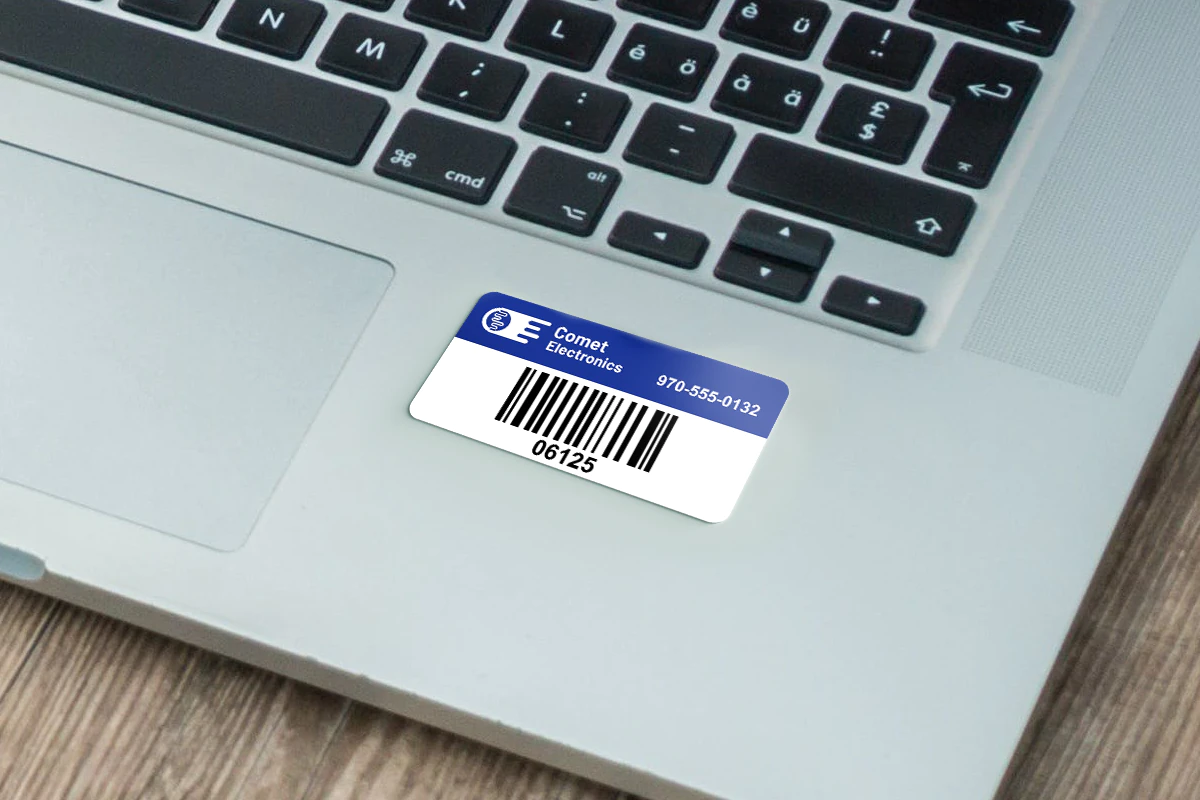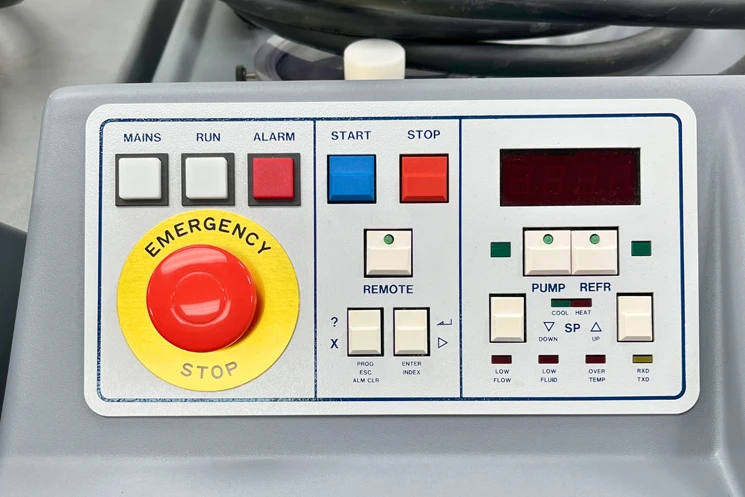Why Metal Asset Tags are Essential for Modern Asset Management
Metal asset tags provide a robust solution for tracking and managing valuable assets across various industries. From heavy machinery in manufacturing to delicate equipment in healthcare settings, these tags offer a reliable method of asset identification that withstands harsh conditions and the test of time.
This blog explores the top uses of metal asset tags, their advantages over other materials, and the customization options available, ensuring optimal asset management solutions for businesses.
Top Five Uses for Metal Asset Tags
1. Heavy Machinery Tracking
In industries like manufacturing, construction, and mining, heavy machinery represents a significant investment. Metal asset tags are ideal for these environments due to their resistance to abrasion, extreme temperatures, and corrosive substances.
Tags made from aluminum or stainless steel can be affixed to equipment to help track maintenance schedules, verify locations, and manage inventory.
2. IT Equipment Management
For IT departments, tracking assets like servers, laptops, and networking equipment is critical. Aluminum asset tags, often with barcodes or QR codes, enable the easy scanning and monitoring of assets throughout their lifecycle.
These tags ensure that IT assets are efficiently managed from procurement to decommissioning.
3. Medical Equipment Tracking
Healthcare facilities require stringent tracking of their medical devices and equipment. Metal asset tags provide a hygienic, durable solution that can endure frequent cleaning and sterilization.
This use ensures compliance with safety standards and improves inventory management in fast-paced medical settings.
4. Utility and Telecom Infrastructure
Metal asset tags are extensively used in the utility and telecom sectors to tag outdoor equipment like utility poles, transformers, and cables.
These tags are designed to resist environmental challenges such as UV exposure, rain, and extreme temperatures, ensuring long-lasting visibility and traceability.
5. Asset Tracking in Educational Institutions
Schools and universities use metal asset tags to manage assets ranging from audio-visual equipment to furniture. These tags help educational institutions maintain an accurate inventory, reduce theft, and manage maintenance schedules effectively.
Choosing Metal Asset Tags Over Other Options
Choosing metal asset tags over plastic or paper alternatives often comes down to specific needs for durability and longevity. Metal tags are particularly beneficial when:
- Longevity is Required: Metal tags are more durable and can last decades without needing replacement.
- Harsh Conditions: Environments that expose assets to high temperatures, chemicals, or outdoor elements necessitate the use of metal tags.
- Security Needs: Metal tags are difficult to tamper with or remove, making them ideal for high-security applications.
Benefits and Options of Metal Asset Tags H2
Metal asset tags offer numerous benefits that make them an attractive choice for many organizations:
- Customizability: Options include various metals, thicknesses, adhesives, and finishes, as well as the ability to add custom logos, barcodes, and serial numbers. This flexibility allows for highly specific customization to meet any operational needs.
- Cost-Effectiveness: While the upfront cost might be higher, the longevity of metal asset tags offers long-term savings. Their durability in harsh environments reduces the need for frequent replacements, making them a cost-effective solution over time.
- Durability: Designed to last, these tags can withstand harsh conditions without degrading. Metal tags are especially valued in environments that expose assets to extreme temperatures, chemicals, or other corrosive substances, ensuring long-term usability and reliability.
- Improved Asset Management: Enhanced tracking capabilities lead to better asset utilization and maintenance planning. Metal tags maintain their functionality and visibility even under the most demanding conditions, supporting effective asset management strategies.
FAQ
What are metal asset tags?
Metal asset tags are small labels made from durable materials like aluminum or stainless steel, used for marking and tracking assets. They typically feature engraved or printed identification codes.
What are metal asset tags used for?
They are primarily used to track and manage assets in environments where durability and longevity are required. Common uses include tracking machinery, IT equipment, medical devices, and educational assets.
Can metal asset tags withstand outdoor conditions?
Yes, metal asset tags are designed to withstand extreme weather conditions, including UV exposure, rain, and extreme temperatures, making them ideal for outdoor use.
How are metal asset tags applied to assets?
Metal asset tags can be attached to assets using high-strength adhesives, rivets, or screws, depending on the application’s security and permanence requirements.
Are there different types of metal asset tags?
Yes, there are various types of metal asset tags, including aluminum asset tags, stainless steel tags, and foil asset tags, each offering different levels of durability and flexibility for various applications.
What is LexSaverplus™, and how does it compare to metal asset tags?
LexSaverplus™ labels are a durable, non-metal alternative suitable for applications where metal tags may not be the best fit. Made from 10-mil white, these labels are UV resistant, ultra-durable, and ideal for use on smooth plastics.
They offer great flexibility and the ability to include sequential serial numbering, making them a versatile option for environments that require durable labeling but not necessarily metal tags.



